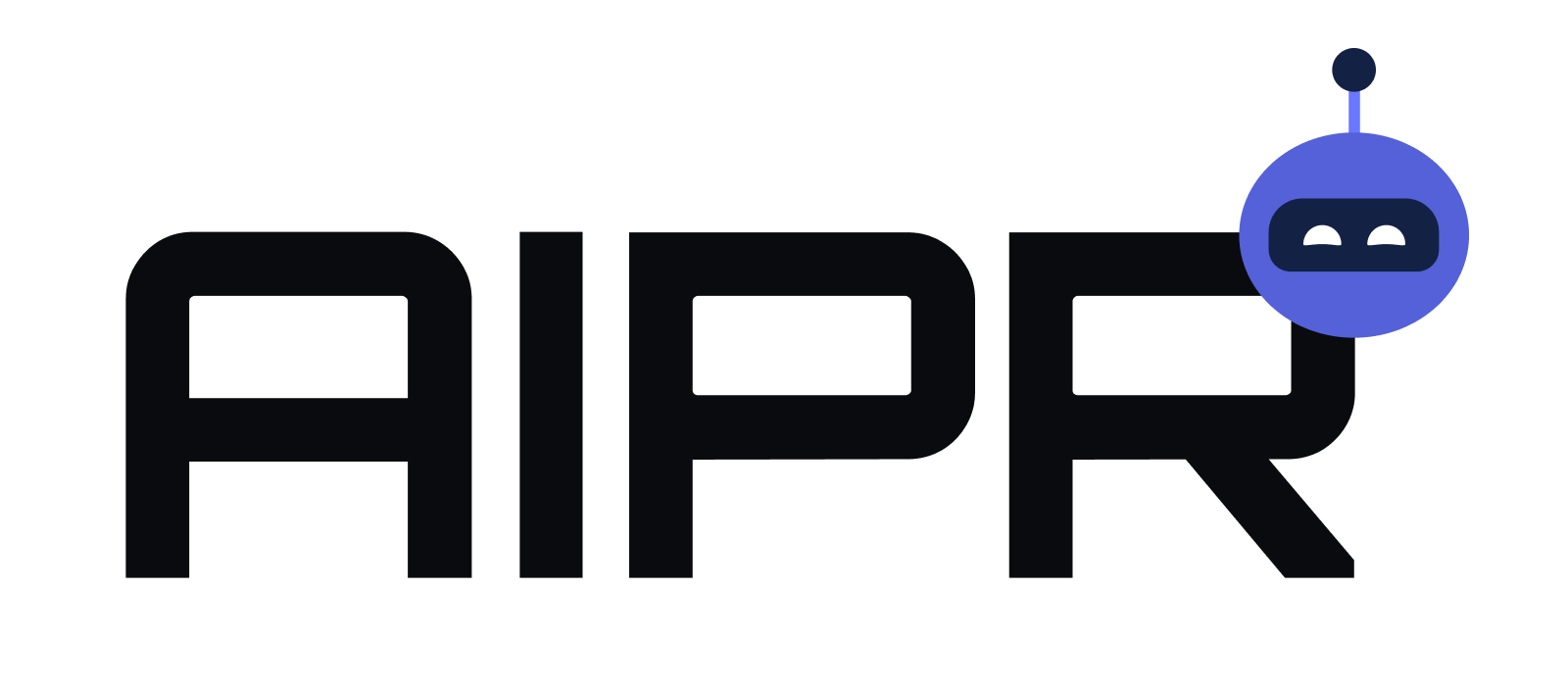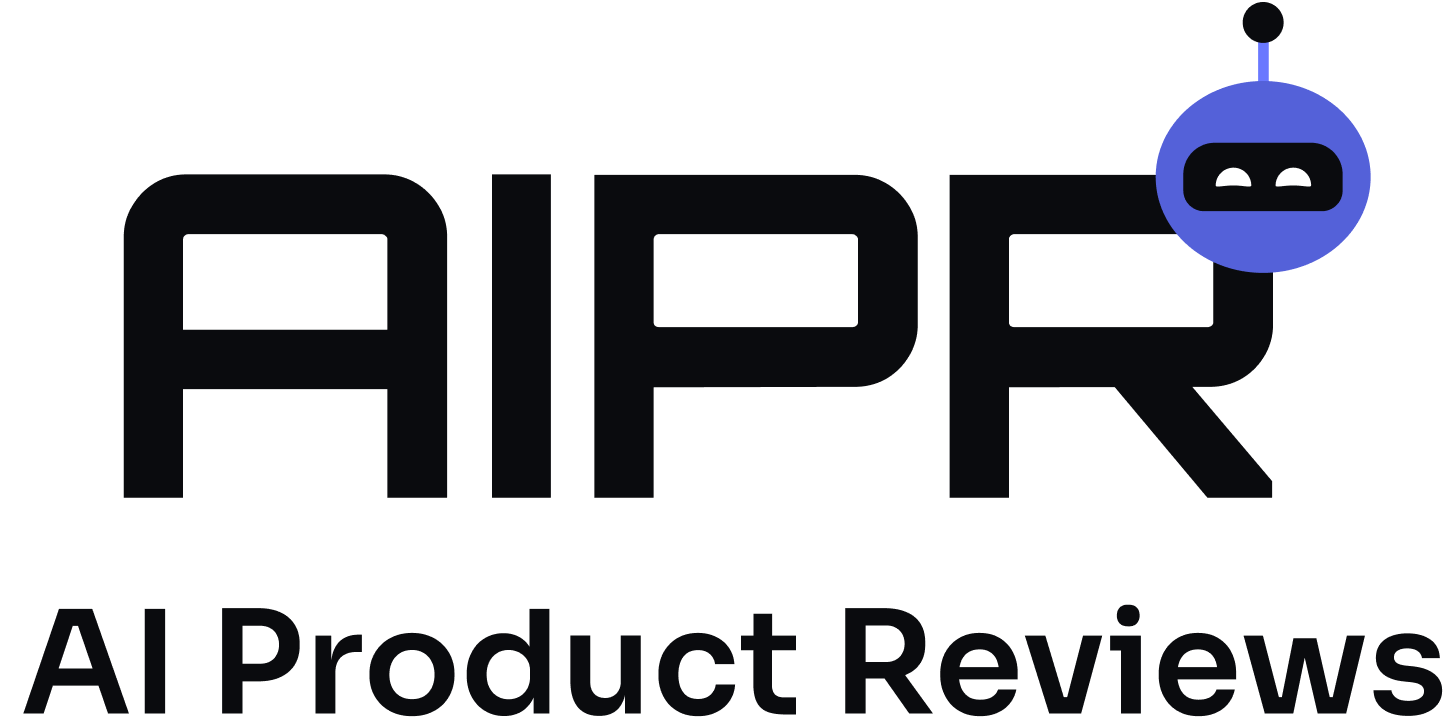Introduction: The Rise of AI Assistants
Artificial intelligence (AI) assistants are quickly becoming an integral part of our daily lives. They have infiltrated various sectors, from personal use on smartphones to advanced applications in healthcare and business. This article aims to delve deep into the world of AI assistants, looking at what defines them, exploring the top options on the market, and investigating their diverse applications.

HyperWrite: Your AI Writing Assistant
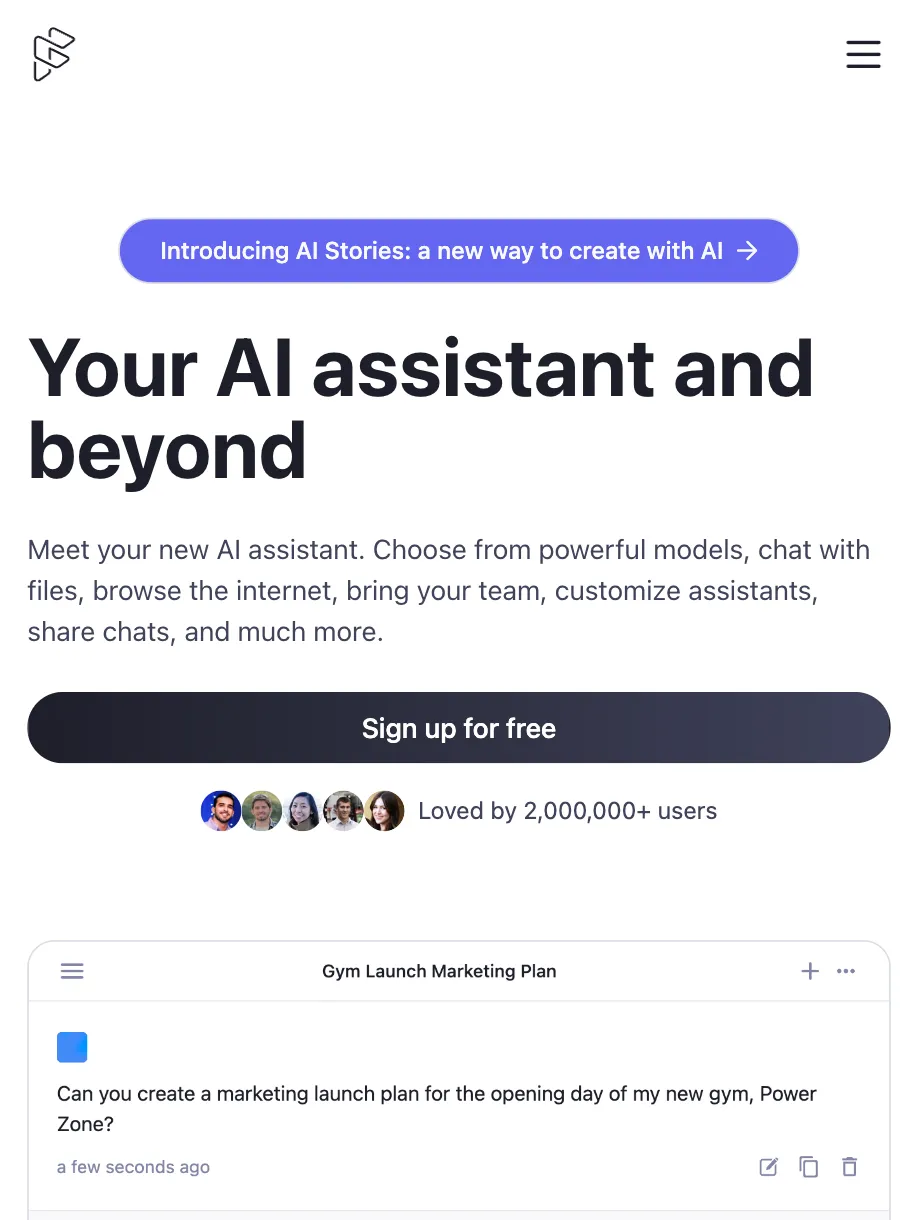
ForefrontAI Assistant: Cutting-edge AI Work Assistant

Lingual: AI Business Tool Builder
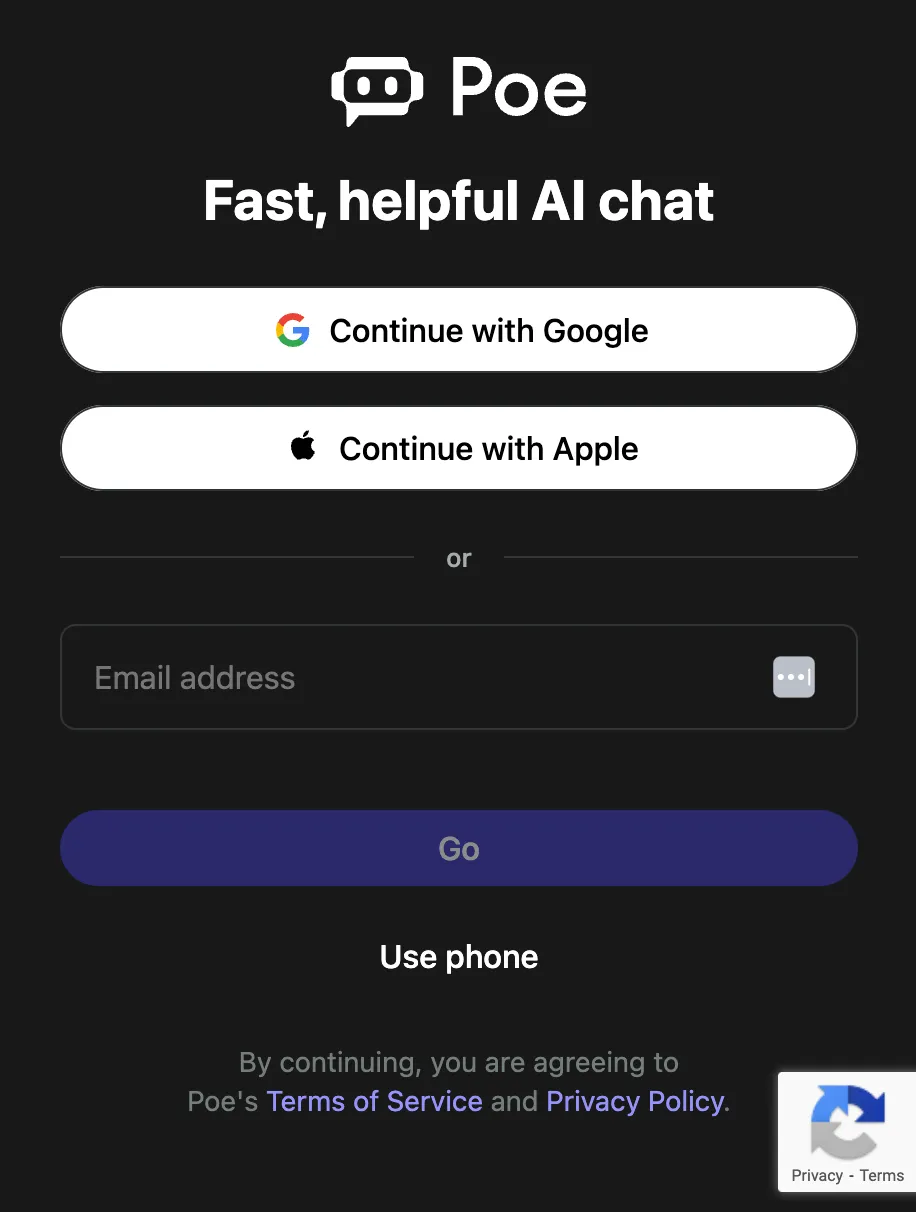
Poe: Enhancing Writing and Creativity

YOU: Personalized AI for Productivity
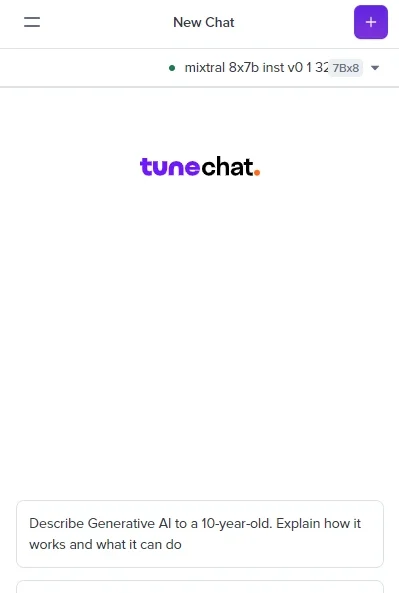
Tune Chat: Your AI-Powered Text Generation Platform

Coda AI: The Ultimate Work Assistant Tool

Collato: AI-Powered Assistant for Product Managers

Boost Your Productivity with Knowlee
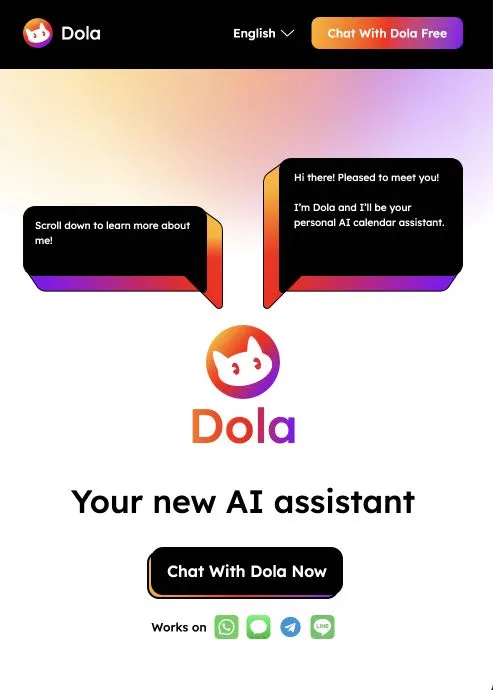
Dola AI Calendar Assistant
What is an AI Assistant?
An AI assistant is essentially a software application that employs advanced technologies like natural language processing (NLP) and machine learning algorithms to assist with tasks and answer queries. Whether it’s reading text, taking dictation, or even making phone calls, AI assistants offer an increasingly personalized experience.
Cloud-based technology often powers these assistants, providing the convenience of accessibility from anywhere with an internet connection.
Understanding the Technology Behind AI Assistants
AI assistants use a combination of several technologies. Natural language processing (NLP) allows them to understand human language. Machine learning enables them to learn from data and improve over time. Speech recognition helps them comprehend spoken words, while Text-to-Speech (TTS) technology lets them communicate verbally.
Feature #1 – Voice Recognition and Response: The Core of AI Assistants
Voice recognition and response form the heart and soul of AI assistants, transforming vocal commands into meaningful actions. This feature is a marvel of engineering that stands on the pillars of Natural Language Processing (NLP) and machine learning, creating a bridge between human speech and digital comprehension.
Understanding the Spoken Word
The journey begins with the AI assistant’s ability to accurately interpret spoken words, a task made possible by advanced voice recognition technology. Complex phrasings, nuances in tone, and regional accents are all within the realm of understanding for sophisticated AI assistants. They sift through the ambient noise, pick up on the user’s voice, and decode the verbal commands into a language that machines understand.
Engaging in Meaningful Dialogue
The response is equally crucial. AI assistants don’t merely understand; they engage. They respond to queries, execute commands, and even carry conversations in a human-like manner. The interaction goes beyond simple command-response dynamics, venturing into an arena where machines can provide insightful and relevant feedback, making the user feel heard and understood.
Evolving with Each Interaction
The beauty of machine learning is its ability to evolve. With each interaction, AI assistants learn more about the user’s speech patterns, preferences, and typical requests, enhancing their predictive accuracy and response relevance over time. It’s a continuous journey of improvement, aiming to create a more natural and seamless user experience.
Feature #2 – Task Automation: Your Personal Digital Helper
In a fast-paced world, time is of the essence. Task automation emerges as a boon, allowing individuals and professionals to delegate repetitive tasks to their AI assistant, freeing up valuable time for more strategic endeavors.
Simplifying the Routine
Be it managing schedules, setting reminders, or creating alarms, AI assistants take on the mundane with precision. They streamline daily routines, ensuring nothing falls through the cracks. And it’s all done with a simple voice command, making the process effortless and efficient.
Enhancing Productivity
By automating tasks, AI assistants contribute significantly to enhancing productivity. They handle the administrative overhead, allowing you to focus on creative, analytical, or strategic aspects of your work. The automation extends to professional domains as well, where AI assistants can help manage emails, organize meetings, and even provide insights into complex data sets.
A Learning Companion
The more you use them, the better they get. AI assistants learn from your habits, preferences, and recurring requests, making them a reliable and personalized aide in task management. They adapt to your workflow, offering suggestions, and automating tasks in a manner that aligns with your routine, making every day a bit easier and more organized.
Both Voice Recognition and Task Automation are fundamental features that showcase the transformative potential of AI assistants, making them indispensable companions in the modern digital age.
Feature #3 – Multifunctional Utilities: A World of Functions at Your Command
AI assistants are akin to digital swiss army knives, packing a myriad of utilities to assist with various aspects of daily life. Their multifunctional capabilities extend far beyond mere voice recognition, offering a range of services that cater to diverse needs.
Information at Your Fingertips
Whether you need to find a quick answer to a question, check the weather forecast, or get the latest news updates, AI assistants are there to help. With a simple voice command, they can conduct internet searches, providing you with accurate and up-to-date information in a matter of seconds.
Entertainment on Demand
Feeling like listening to some music or watching a movie? AI assistants have got you covered. They can play your favorite tunes, stream movies, or even read audiobooks, making leisure time more enjoyable and accessible.
Communication Made Easy
AI assistants can also help with communication. They can send text messages, make phone calls, and even video calls on your behalf. This feature is particularly useful when you’re on the move or your hands are otherwise occupied.
Feature #4 – Smart Home and Device Control: Your Home, Smartly Managed
In an era where homes are getting smarter, AI assistants play the role of digital caretakers. They provide a centralized platform to control and manage various smart home devices, bringing a new level of convenience and efficiency to household management.
Seamless Integration
AI assistants integrate seamlessly with a wide array of smart home devices such as lights, thermostats, security cameras, and more. With simple voice commands, you can control the ambiance of your home, monitor security, or adjust the temperature, all without lifting a finger.
Enhancing Safety and Convenience
Through smart device control, AI assistants contribute to enhancing the safety and convenience of your home. They can alert you to potential security threats, manage energy consumption by controlling smart thermostats, and even assist in emergency situations by contacting the relevant authorities.
Personalized Home Experience
AI assistants learn from your preferences and routines to create a personalized home environment. They can automate lighting, heating, and other systems based on your habits, ensuring your home is always comfortable and welcoming.
Both Multifunctional Utilities and Smart Home and Device Control showcase the extensive capabilities of AI assistants, demonstrating their potential to significantly enhance the quality of life and the efficiency of daily routines.
Feature #5 – Integration with Other Software and Platforms: Expanding the Digital Ecosystem
The true prowess of AI assistants comes to the fore when they interact seamlessly with other software applications and platforms. This integration forms a cohesive digital ecosystem, amplifying the functionalities and convenience offered to the users.
Bridging Software Silos
In a digital landscape often fragmented by numerous standalone applications, AI assistants act as a bridge. They facilitate smooth interactions between various software tools, whether it’s syncing your email account with your calendar, or accessing third-party applications through voice commands. This bridging of software silos leads to a more unified user experience.
Enhancing Workflow
Integration with other software and platforms significantly enhances workflow efficiency. For instance, an AI assistant can schedule a meeting based on the availability shown in your calendar app, send out invites via your email app, and later remind you of the upcoming meeting. This seamless operation across different platforms streamlines the workflow, reducing the administrative burden.
Customized Solutions
AI assistants’ integration capacity allows for customized solutions tailored to individual or organizational needs. They can interact with specialized software tools used in various professional domains, providing added functionality and ease of use. For example, integrating with project management or CRM software to provide real-time updates and facilitate quick actions on pressing tasks.
Extending Capabilities
Through integration, AI assistants can also extend their capabilities. They can access and leverage the features of other software tools, providing a broader range of services and functionalities. This enables users to accomplish more with their AI assistant, making it a central hub for managing various digital tasks.
Integration with Other Software and Platforms demonstrates the adaptability and extensive utility of AI assistants, showcasing their ability to meld with the broader digital ecosystem to provide an enriched user experience.
